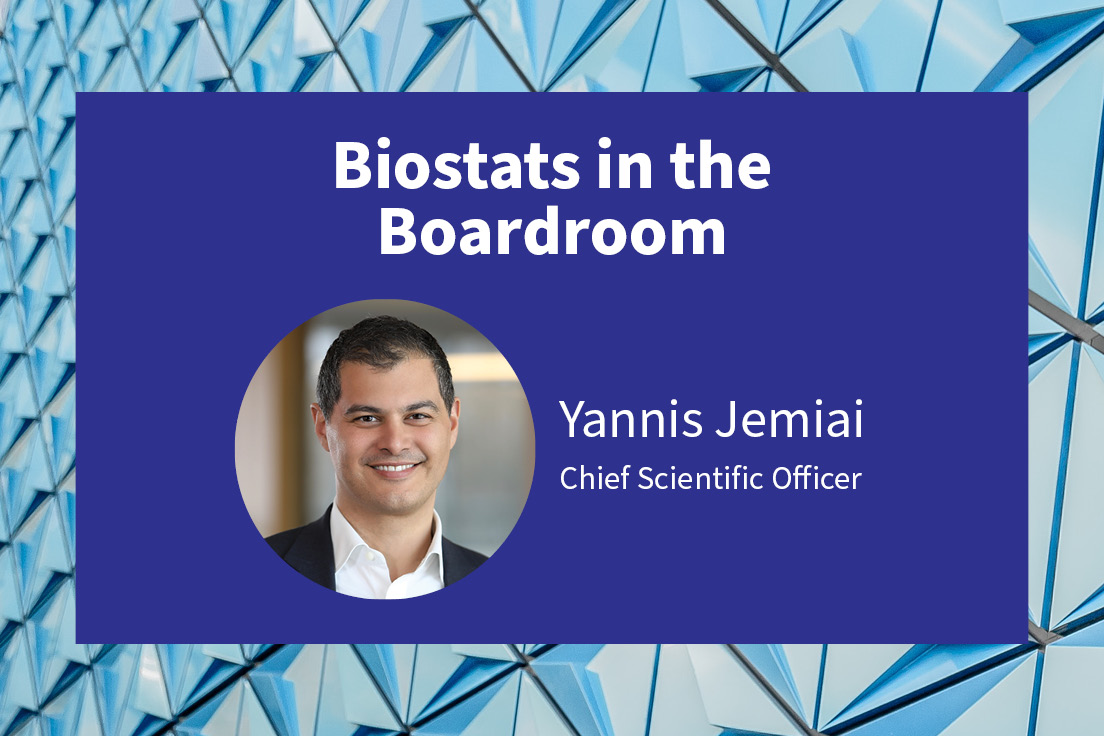Navigating the Clinical Development Landscape: Insights for Success in 2024


After explosive and frenetic activity in the clinical trial industry during the COVID era, the past two years have seen challenging market dynamics and a drop-off in activity. Every one of us working in clinical development has felt this slowdown, but as we begin 2024, there is reason for optimism. The future looks promising. Here are some things to consider as you go forward.
Keep innovating
It’s tempting in hard times to fall back on true and tested practices. “Why spend time and effort on risky endeavors when resources are scarce?” the argument runs. The slowdown in clinical trial funding and starts in 2023 might have led to sponsor hesitation to implement novel trial designs. Although plenty of novel statistical designs and analysis methods have been proposed in the recent literature, it’s also true that a plethora of reasons — educational, operational, regulatory — may explain the relative paucity of actual trial applications. Yet despite the difficulties inherent in the business environment, this is precisely the time to look for better, more efficient ways of operating, including innovation in trial design. Doing so not only benefits patients, who get to participate in more ethical trials that are better optimized for success, but also sponsors, who can appropriately de-risk programs and accelerate timelines where possible.
Ask the right questions
In the age of data science and artificial intelligence, it’s easy to forget to focus on asking the right questions. The belief is often that the answers will emerge — magically, I may add — from the wealth of information we are routinely collecting. However, design of experiment principles is more important than ever in this context, helping to separate signals from noise. Though prediction goals may not require as much upfront planning, letting the data guide the models, we are often concerned in clinical development with explanatory and causal understanding of what we observe. We expect to see continued trends in 2024 on asking the right question, with a keen focus on estimands and dose-finding, as well as an expanded role for modeling and simulation in the context of entire development programs, i.e., how multiple studies fit together to optimize a clinical development plan.
Use all available tools
The core objective for a sponsor company is to deliver a new medical intervention to patients. In that quest, all available tools should be leveraged. When it comes to software, for instance, a combination of commercial off-the-shelf applications, which are usually efficient, reliable, easy-to-use, well maintained, and documented, and open-source programming, which offers customization, flexibility, transparency, and rapid deployment of new ideas, seems ideal. Why settle for one or the other when the two solutions are better together? Sometimes a cost argument might be raised, but both solutions require investments whether in infrastructure, people, training, or licensing. The real question to ask is how best to deploy resources and what people, the most precious of them, should be spending their time on. No doubt it is exciting and engaging for statisticians and data scientists to be programming. It also helps them understand the methods they are using as well as the data that they are analyzing. However, to become drug development experts and leaders, I believe they should make use of all available tools, especially if it frees them up to engage in meaningful clinical team interactions, study and program planning, and deeper engagement with the business.
Lead with impact
Throughout the industry, the need for analytics expertise is growing quickly — quantitative approaches exist for drug target identification, pharmacodynamics, clinical trial enrollment, medical supply logistics, health economics, just to name a few. The question then isn’t whether statisticians and data scientists can help improve methodologies and processes, but where to focus their time and effort to have the greatest impact. With the right training and tools, these quantitative experts are exceptionally positioned to not only contribute to but lead in solving these toughest of problems. Innovative quantitative approaches are needed to improve the efficiency and productivity of the drug development process.
Mind the big picture
Between the Inflation Reduction Act, Joint Clinical Assessment, European Network for Health Technology Assessment, to name a few, there are many moving pieces. The regulatory and market access landscape is rapidly evolving, and one must keep in mind the full end-to-end process even while focusing on a specific study at any one time. We will undoubtedly learn more as 2024 unfolds.
These are just a few thoughts for the year ahead. Come find us at our webinars and events, check out our interviews with Cytel’s thought leaders, follow us on Twitter and LinkedIn, and please don’t hesitate to reach out to me and my colleagues if you have further questions.

About Yannis Jemiai
Dr. Yannis Jemiai is Chief Scientific Officer at Cytel. He has oversight for the corporate-level Scientific Agenda, which includes establishing research portfolios in Bayesian, small sample, and other flexible designs as well as complex innovative designs including adaptive trials, master protocols, and MAMS. He also has an extensive portfolio of research in financial and pharmaceutical strategy, decision theory, and regulatory affairs. His research has been published in numerous statistical journals.
Read more from Perspectives on Enquiry and Evidence:
Sorry no results please clear the filters and try again

Industry Voices: Yannis Jemiai on Simulation-Guided Design and the Changing Landscape of Clinical Trial Strategy

Innovative Clinical Trial Design: Commercial vs Open-Source Software? Why Not Both?



